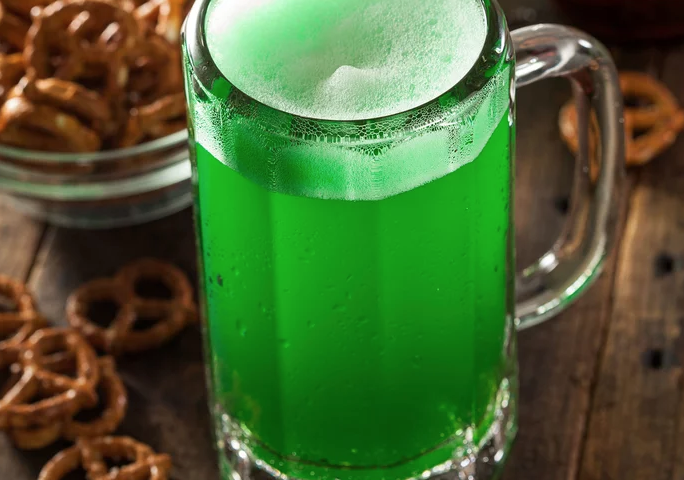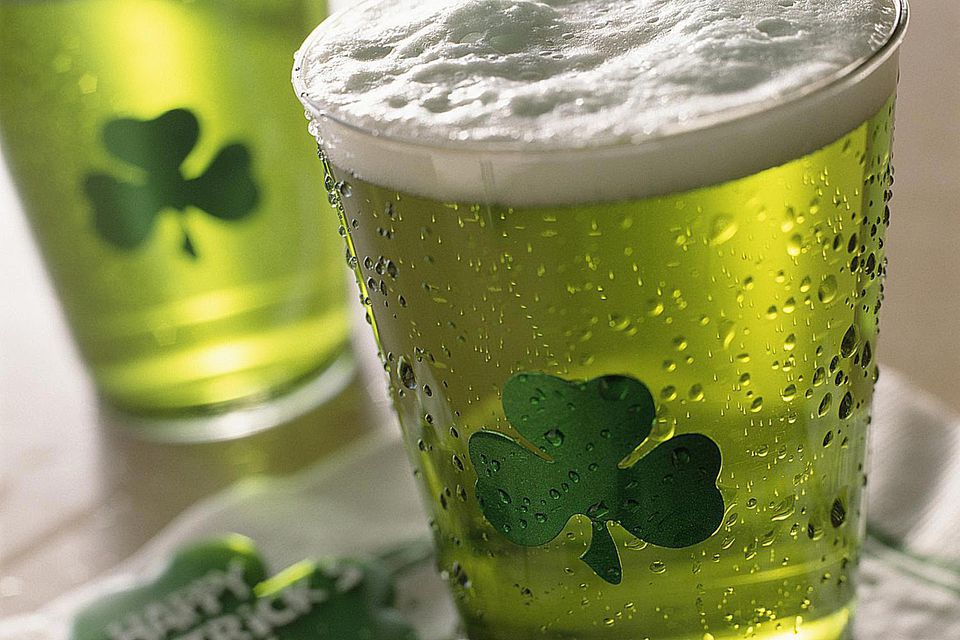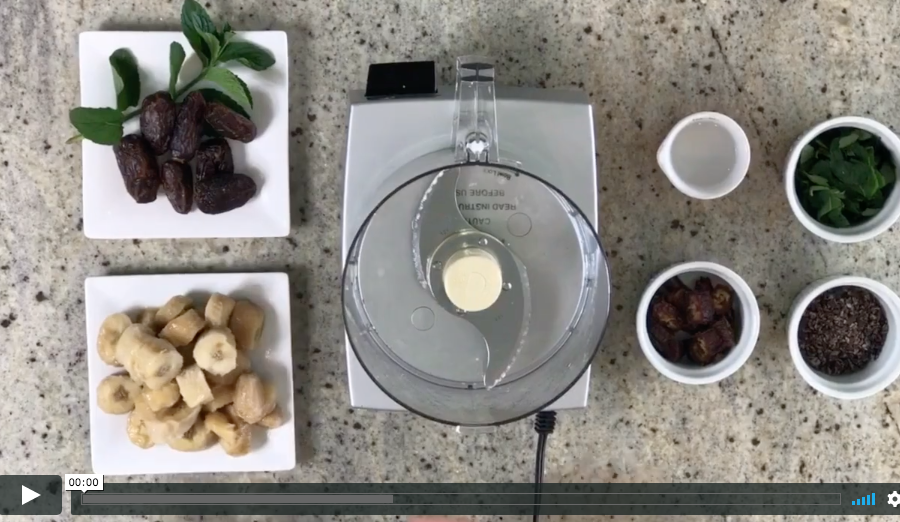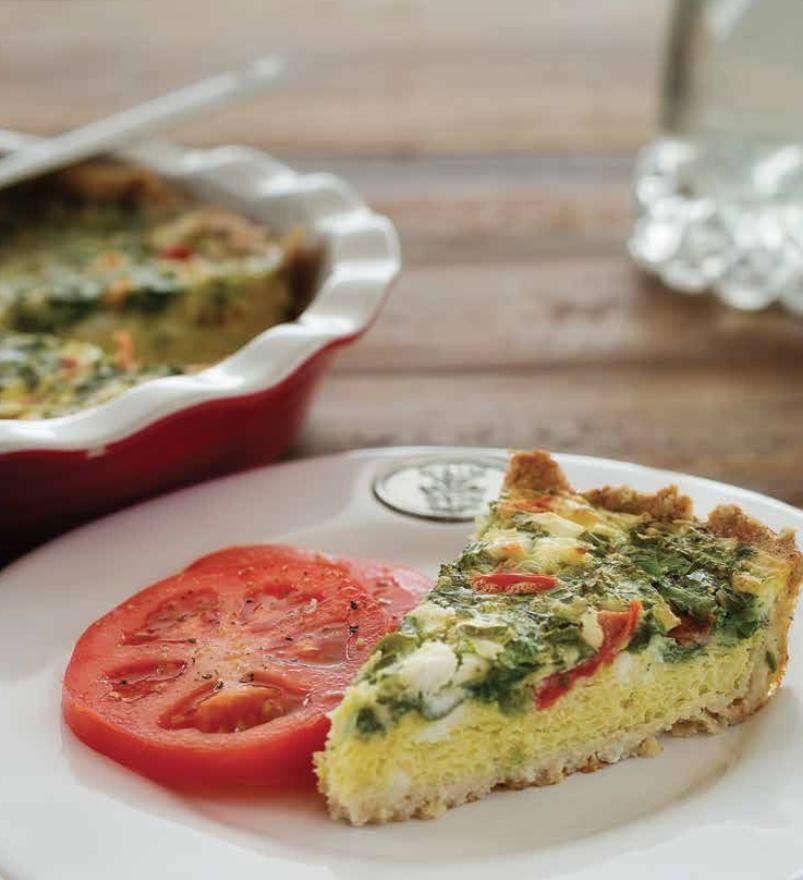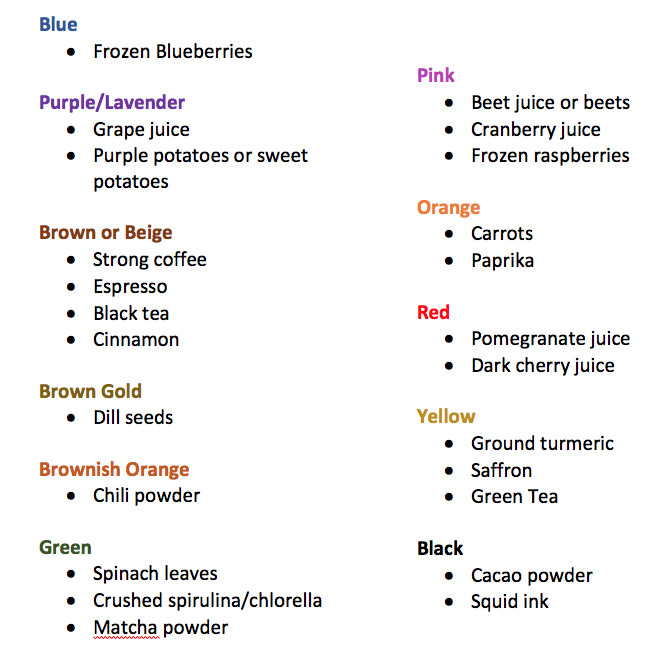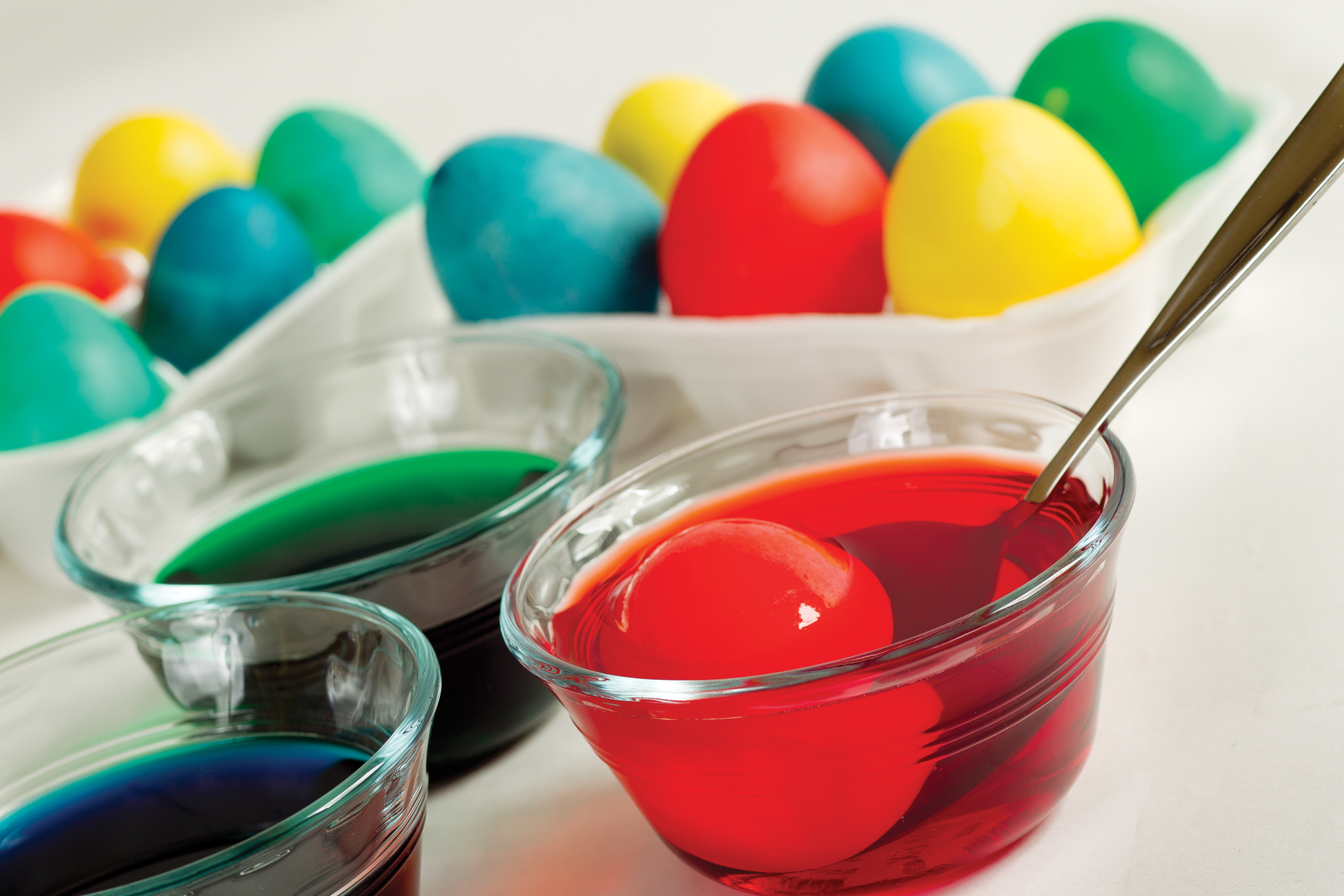
The Secret for Making Your Resolutions Stick
February 25, 2018
A High Performing Lifestyle for Professionals On The Go
March 18, 2018With St. Patrick’s Day around the corner, the color green is everywhere. From green beer to green cookies, it’s food dye galore. I remember back in my college days when you couldn’t celebrate St. Patty’s Day without a keg full of green beer (AKA kegs and eggs). Without fail, my hair, hands and tongue would still be stained green several days following this green frenzy holiday. This of course didn’t faze me back then, but now looking back, I can’t believe I put this stuff in my body. And what side effects did it truly cause? Yikes! Luckily, the body has an amazing way of healing itself when you give it the right ingredients—that aren’t green and full of chemicals.
Most foods in the European Union that contain artificial food dyes come with warning labels, and the British government has also asked that food manufacturers remove most artificial colors from foods. Unfortunately, the United States has not made an effort to do the same and the FDA are still claiming that food dyes are “generally recognized as safe” (GRAS). According to a Center for Science in Public Interest Report (CSPI), some of the most commonly used food dyes may be linked to numerous forms of cancer, allergic reactions, and hyperactivity and other behavioral problems in children. There are many studies that suggest food dyes (included in the list below) cause tumors in mice and other rodents among hypersensitivity and behavior effects in children.
- Blue #1 (Brilliant Blue
- Blue #2 (Indigo Carmine)
- Citrus Red #2
- Green #3 (Fast Green)
- Red #3 (Erythrosine)
- Red #40 (Allura Red
- Yellow #5 (Tartrazine)
- Yellow #6 (Sunset Yellow)
These food dyes are made in a lab with chemicals derived from petroleum, a crude oil product, which also happens to be used in gasoline, diesel, fuel, asphalt, and tar. I don’t know about you, but that doesn’t sound like something I would want to put in my body or would “generally recognize as safe.”
Green Foods You Should Actually Avoid
Foods That Shouldn’t Be Green
- Shamrock Shakes
- Beer
- Green eggs
- Green jello and jello shots
- Tortilla Chips
- Frosting
- Desserts
- Candy, gummies
- Cheese
- Moldy foods
- Green superfood powder
- Regardless if there is a lot of great ingredients like kale, algae, etc in your green superfood powder, it will still be aged, processed, and pasteurized and will not be as nutritious as green foods closest to the source or one ingredient foods. Also, pasteurization not only kills many of the nutrients, but also the natural enzymes and probiotics needed for gut health and digestion. Stick to real, whole foods which will always be more nutrition and more affordable.
Natural Ways to “Go Green”
- Mint, fresh herbs, leafy greens like spinach and kale
- Spirulina/Chlorella
- Kiwi and limes (Add to a glass of mineral water)
- Pistachios
- Avocado
Natural Green Foods & Recipes
Mint Chocolate Chip Ice Cream
Spinach Quiche
Spirulina Pie
Recipes found in Target To Table: Healthy & Delicious Meals One Superfood at a Time
As a Dietitian, I always recommend that people use their common sense when it comes to making food choices versus relying on science or media claims. Unfortunately, these dyes are so common in food, especially kid’s food that parents don’t think twice about giving their children rainbow-colored cereal or fluorescent blue liquids. Adults don’t consider bright orange Cheetos out of the norm either.
Your diet should include a range of vibrantly colored foods that are naturally rich in color. Think of bright colored foods like red bell peppers, purple eggplant, green spinach, blueberries, spinach, and rainbow chard. Color = nutrients. This is one of the reason we use food dyes in the first place—it makes a food more appealing to consumers. The good news is you can easily avoid artificial colors by avoiding processed foods and sticking to whole foods and reading the ingredient list.
A Natural & Healthy Easter
Want to celebrate this colorful holiday the natural way? Did you know that you can color your eggs just like you color your plate with a wide variety of fruits, vegetables, and other real ingredients? Fruit and vegetable juices make a great alternative to artificial Easter egg dyes. Use the chart below to find a rainbow of Easter egg colors.
Easter Egg Dying Directions
- Place eggs in a single layer in a large pot. Add water until the eggs are covered.
- Add one teaspoon of vinegar to the water and stir to mix.
- Add the natural dye food item listed above and bring water to a boil. Use enough of each item to give you desired color.
- Reduce heat and simmer for 15 minutes.
- Remove the eggs from the liquid and let cool before serving.

